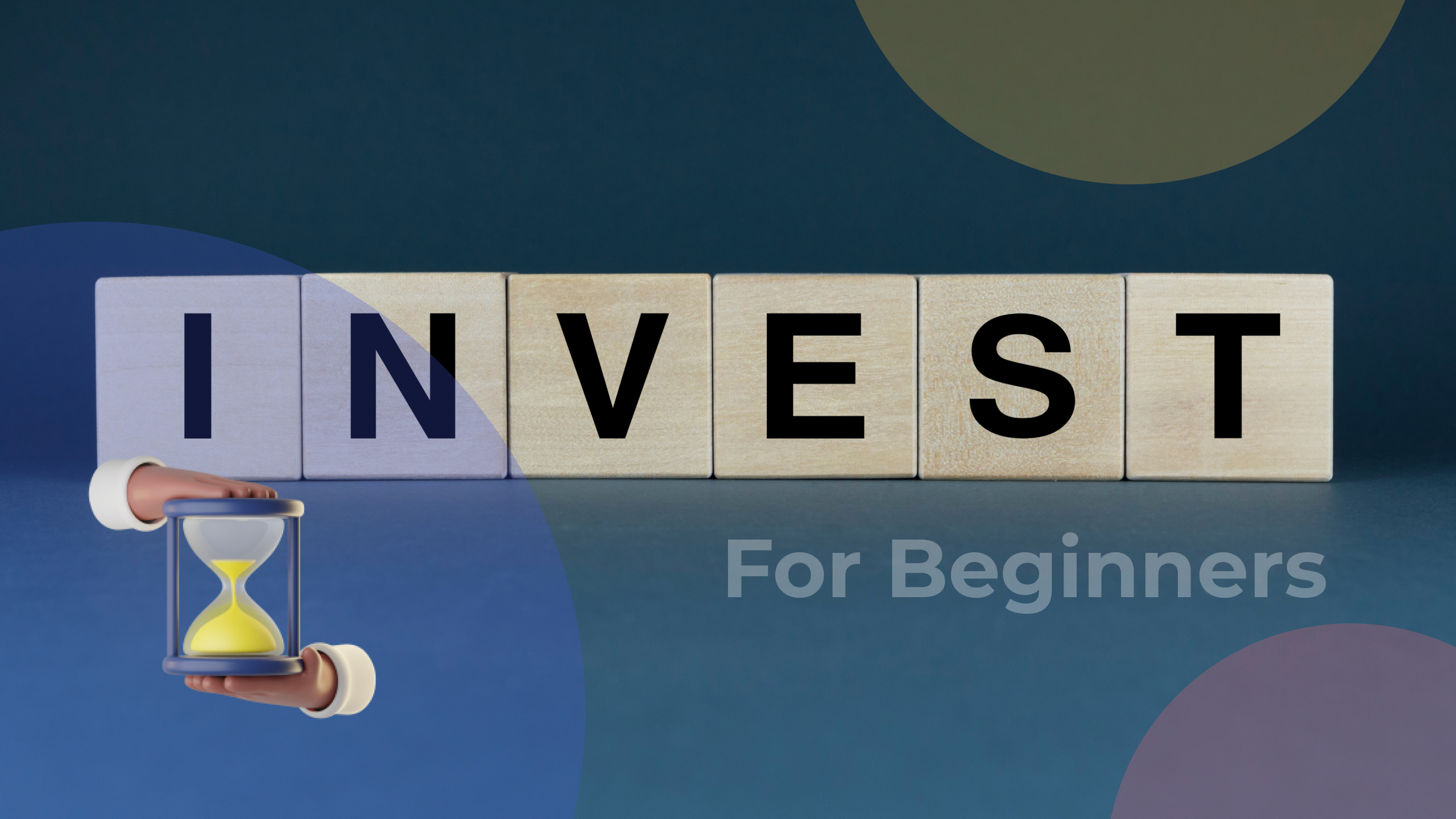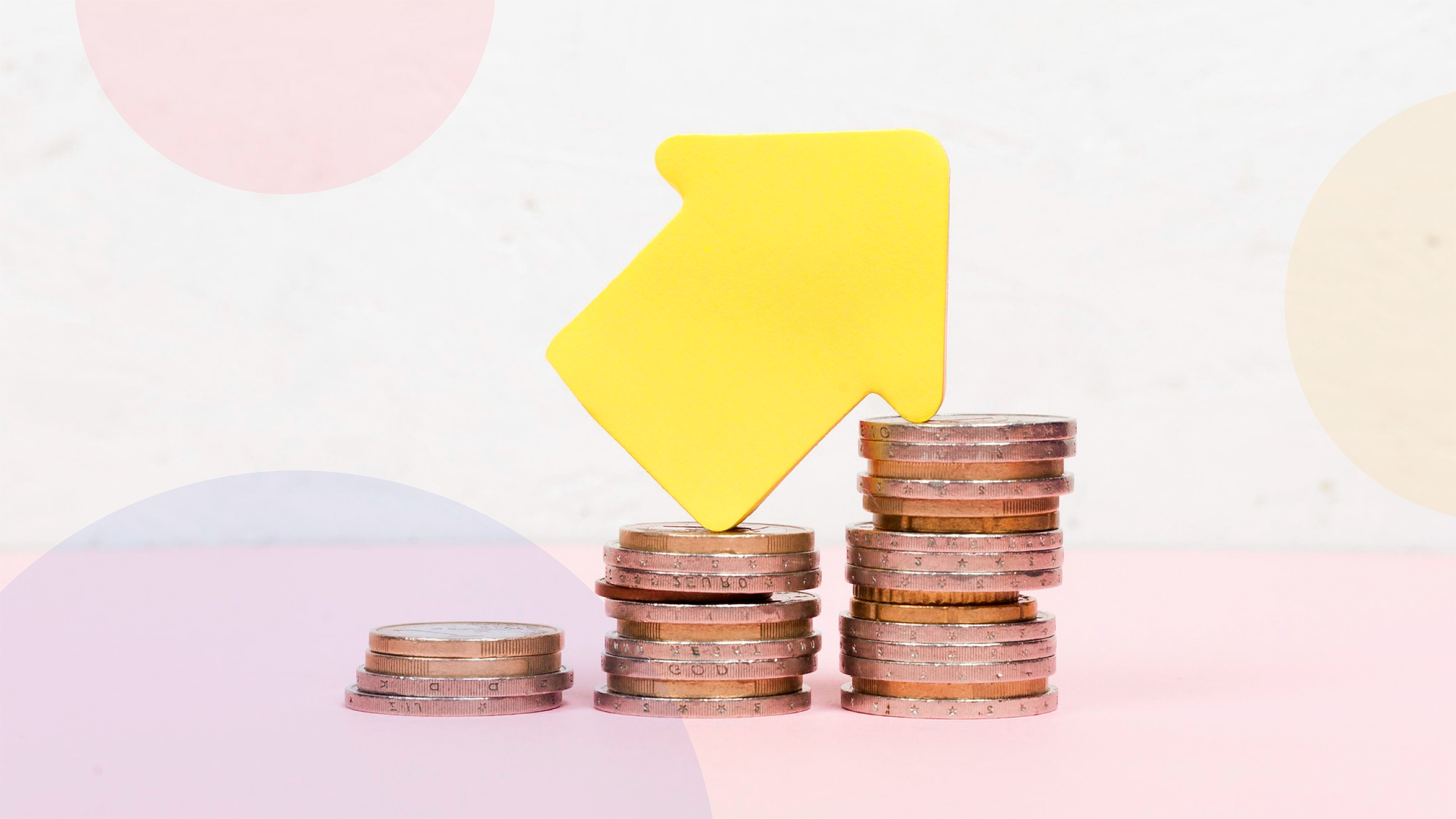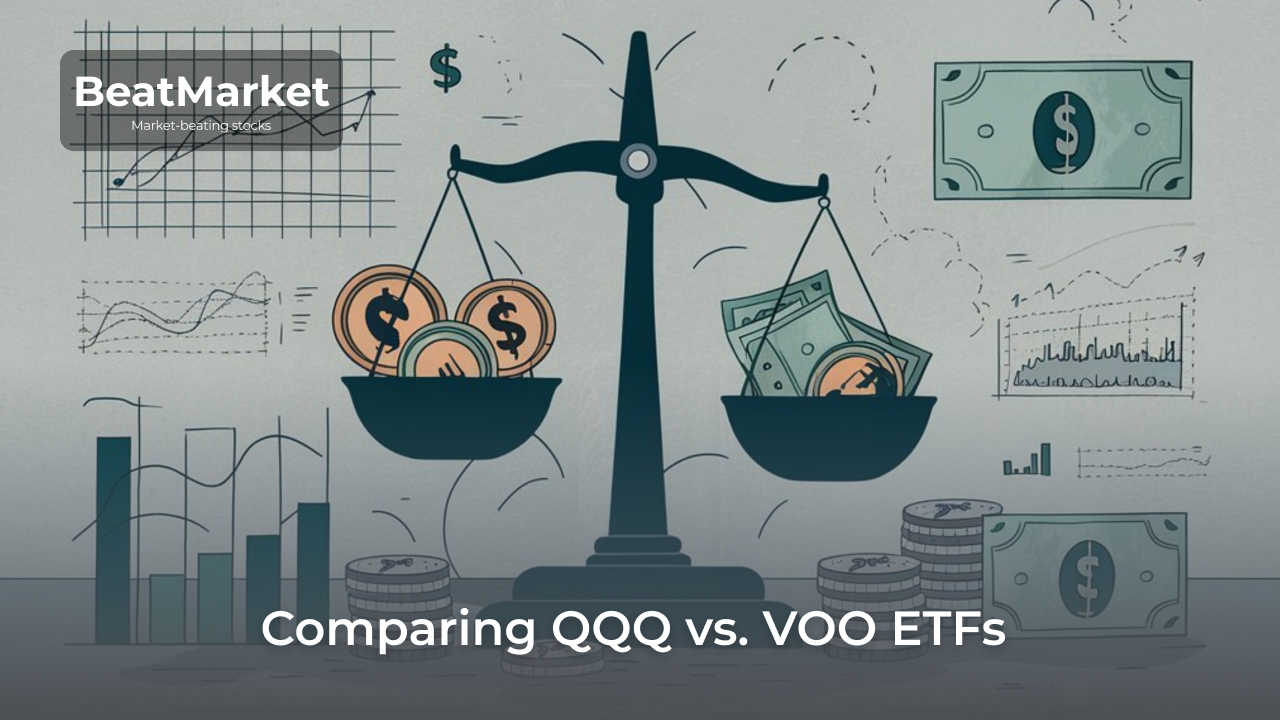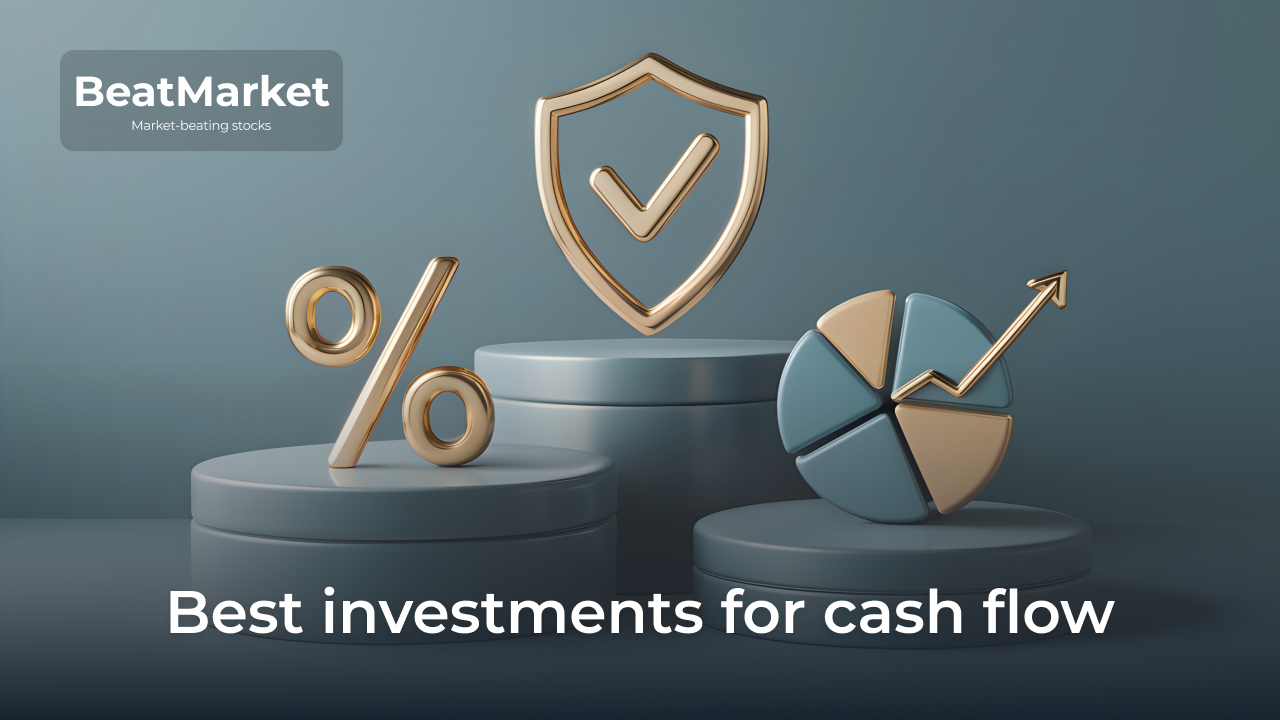Investing in silver, along with the purchase of gold, is considered one of the ways to hedge inflation. There are several ways to capitalize on the rise in the price of this precious metal. The best known of these is through the purchase of coins and bars. But it is associated with a number of complications. Exchange traded funds can help a beginner in avoiding them.
One can also make money on silver by using futures, as well as by investing in stocks of mining companies. But these assets require a deeper understanding of the market.
Table of Contents
What is silver?
Silver is a metal which, along with gold, platinum and palladium, is used not only in industry but also for investment purposes.
The main mining regions are Mexico and Peru, as well as China, Poland, etc. The global reserve is estimated at around 600,000 tonnes. About 20,000 tonnes are mined around the world each year.
The main peculiarity of silver is that nowadays it occurs mainly in compounds with other minerals. The silver itself is often a by-product of the smelting process. And it is frequently a by-product of copper, lead, etc.
History of Silver
The first silver deposits were mined as far back as 3000 B.C. on the territory of modern-day Turkey.
In the 16th century, active mining of the metal began in the mines of South and Central America. By the 1560s, shipments from the New World exceeded those from Europe.
By the end of the 19th century most of the world’s high-grade ore had been extracted.
Silver and VAT
Silver is an important metal for industry. In most countries, when buying it in physical form, the investor has to pay VAT, just like when buying any item in a shop (groceries, appliances, etc.).
But in the USA, VAT (sales tax) on the purchase of silver for investment purposes is only charged in 9 states. The rest of the states, like Canada, have renounced this type of tax.
Where is silver used?
Silver in the form of coins and bars and related stock market instruments is a popular investment asset that is used to diversify portfolios alongside other commodities.
But the metal also plays a significant role in people’s daily lives. It is involved in areas such as:
- jewelry (used for jewelry and silverware);
- medicine (e.g. the metal is used in antibacterial coatings);
- electronics (manufacture of conductors, electrodes, etc.);
- chemistry (silver is an inert metal and is often used in the construction of equipment and is a good catalyst for oxidation reactions), etc.
One of the most promising areas for silver is in solar energy and electric vehicles.
What drives the price of silver?
There are 3 key factors affecting metal prices:
- industrial demand;
- investment demand;
- market situation.
As already mentioned, silver reserves and production rates are limited. However, silver is widely used in industry (up to 49% of total production) and in other areas of people’s lives. As the demand for products in which this metal is used increases, so does its price. The impact of this factor on silver quotations is much stronger than for gold.
Investors’ demand continues to be strong (around 20% of silver mined is used for this purpose). As such, their expectations are also impacting the price.
The last important factor is market and economic conditions. Precious metals are considered to be a way of protecting against inflation. Generally, their value rises during periods of rising interest rates as well as recessions. Often silver prices move in the same direction as the price of gold.
Meanwhile, silver is a much more volatile asset than gold. This is largely due to the fact that the silver market is much smaller.
Silver and gold investors often make predictions about future price movements of the metals based on the Gold/Silver Ratio. It is a ratio which shows how many ounces of silver you can buy for one ounce of gold.
The average value of this ratio since 1985 is around 66. In the spring of 2023 it is 83. At the same time, the historical maximum is above 125, which was in 2020.

Ways of investing in silver for beginners
There are 5 main ways to invest in silver. Most of them allow you to make money solely on the rise in quotes and are more suitable for long-term investment than speculation.
1. investing in silver bullions and coins
When it comes to silver investments, we are primarily referring to the physical metal in the form of investment coins or bullion. It is a good idea to buy silver bars and coins from large dealers such as APMEX or JM Bullion or from reliable local companies. The value of these items depends on their weight and the spot silver price.
Some silver coins have a collector’s value and therefore their value is higher than it would be given the weight of the metal they contain.
The main advantage of owning investment silver coins and bars is owning a tangible asset. You don’t need an internet connection to manage them and there are no infrastructural risks associated with a broker, ETF provider, etc.
But investing in physical silver also has a number of disadvantages:
- Low liquidity compared to securities.
- Costs of transportation, storage, etc.
- High commissions (up to 6%) when purchasing silver in the form of coins and bars.
- Risk of damage, loss, etc.
- Lack of passive income.
In addition, selling physical silver can take some time. And if there are scratches, blackened areas, etc. on a silver coin or bar, the items lose their value.
Investing in physical silver is only suitable for long-term investments with no speculative purposes. They are more in demand among investors with significant capital as a way of diversification.
2. Silver futures
This type of investing in silver is suitable for people who have a good understanding of the stock market situation. For the complete beginner, it is fraught with the risk of losing money.
Futures are derivatives on the derivative market that allow one to make money both on the rise and fall of the underlying asset. They are a contract for an investor to buy or sell a certain quantity of an underlying asset at a set price in the future.
However, not all futures are deliverable ones. Most of them are so-called settlement futures. With these, a variation margin is credited to the investor’s account on a daily basis. If the market goes against the investor’s position, the money is deducted.
Investing in silver through futures offers the following advantages:
- no liquidity problems or other costs associated with investing in physical metal;
- virtually free leverage, which allows you to make a lot of money even with small movements in the price of silver;
- The ability to make money even in a falling market by selling futures (unlike shorts on the stock market, you do not have to pay a broker for lending).
This exchange-traded instrument is convenient to use in a short-term strategy, unlike physical silver and even silver ETF stocks.
The key disadvantage of trading in futures is the high risks. If the price of silver goes in the wrong direction, the investor will not be able to wait out the drawdown and will be forced to take a loss.
In addition, futures transactions do not give ownership of silver. It is a derivative instrument with a complex operating scheme that takes time to learn.
Here is a specification of the silver futures contract available on the CME exchange.

3. ETFs that own silver
Silver ETFs can be bought on the stock exchange. These are collective investment funds that pool many silver investors and invest their money in bullion. Each stock in such a fund is analogous to a certain amount of metal. Its price changes proportionally to the changes in the price of silver.
There are not as many of these companies on the exchange as there are gold ETFs. Examples include the iShares Silver Trust (SLV) and the Aberdeen Standard Physical Silver Shares ETF (SIVR).
The advantages of this method to invest silver are considered to be:
- high liquidity compared to bullion and coins;
- low transaction fees;
- no physical metal storage costs;
- lower risk compared to futures, as no credit money is involved and the investor can wait out a period of declining prices without taking a paper loss.
The disadvantage of ETFs is the emergence of infrastructure and counterparty risk. Unlike physical silver (bars and coins), ETF stocks are just numbers in an investor’s account. If the management company goes bankrupt, investors could lose their money.
Problems may also arise on the part of the broker who provides access to trading and the custodian who accounts for the assets. Investments in physical silver are free of these problems.
In addition, the management company retains a commission for its work. This is in the order of 0.3-1% of the fund’s net asset value per year. As a result, investing in silver in the form of coins and bullion may be more profitable on the horizon for several decades.
Another disadvantage is that by investing in silver through ETFs, one does not receive passive income as one would when buying physical metal.
Investments in ETFs are more suitable for first-time investors with little capital.
4. Silver mining stocks
Purchasing mining stocks is a riskier way to capitalize on rising silver prices than purchasing physical metals or ETFs. The main difficulty is to choose the most promising and stable companies out of the many.
Even so, there is still the risk of business problems due to accidents and other unpredictable factors. If an investor chooses a company poorly, one may not make a profit even during periods of rising silver prices.
But compared to investing directly in the metal, investing in silver mining stocks offers a higher potential return.
First, companies’ profits from selling silver normally grow faster than the price of the metal itself, because it depends not only on the price, but also on the volume of production and many other factors.
Second, most companies pay dividends to their stockholders. This means that this way of investing in silver is suitable for people who want to have a passive income. And through dividends, the investor gets a return on his investments even during periods of declining silver prices.
Shares of such large mining companies as Pan American Silver Corp. (PAAS), Coeur Mining Inc. (CDE), Hecla Mining Co. (HL) and others can be found on American stock exchanges.
5. ETFs that own silver miners
The main problem of investing in silver through the mining companies’ stocks is the difficulty of evaluating the prospects of each of them. This factor disappears when buying stocks in ETFs, which put investors’ money into a multitude of companies in the industry.
This diversification significantly reduces the risk associated with investing in individual companies. There are several ETFs with this type of net worth on U.S. exchanges:
- Global X Silver Miners ETF (SIL);
- iShares MSCI Global Silver Miners ETF (SLVP);
- ETFMG Prime Junior Silver Miners ETF (SILJ).
But there are still industry risks involved in buying ETF stocks, such as falling prices for silver. Although most of the companies listed as miners of this precious metal also work with others.
Another disadvantage of ETFs with mining companies is that the fund’s assets also include stocks of “outsiders” in the industry. While an experienced investor can choose only 1-2 leaders.
The following chart compares the quotations of the ETF, with its net assets consisting of silver, and the ETF, working with stocks of extractive companies. It shows that in the last 5 years investing in silver exchange traded funds has been more profitable than investing in the miners’ stock market.

Why invest in Silver?
There are several reasons why it is worth including silver in one’s investment portfolio. This asset quite often shows a negative correlation with the broad market index. In addition, diversification with silver can profit from the greater volatility of its price compared to gold.
1). A low-cost hedge on inflation
Like all commodities, silver is seen as an asset that rises quickly in times of high inflation. It is also cheaper than other precious metals. Therefore, investing in it is affordable for people with small capital. For example, 1 ounce of this metal costs around $24, while gold costs over $2000.
Another important factor is that unlike gold, silver is quite far from the historical maximum price.

2). Industrial demand
Silver is used extensively in industry, which means that there is a possibility of a shortage in the future. This situation will lead to an increase in the value of the precious metal.
3). Offers opportunity for private ownership
Silver bars and coins can be kept privately in one’s apartment without having to pay for depositary services, etc.
Storage of Your Silver Investment
Owning physical silver requires storage costs. Coins and bars can be kept in a safe deposit box at a bank. But you will have to pay rent on a regular basis.
Another option is to keep your coins and bars at home. But the cost of a good quality safe deposit box is also quite high. And if a person has a large stock of precious metals, it will be reasonable to take out insurance. Therefore, it is necessary to assess which storage method is more favorable, taking into account the horizon of the investment, the amount of metal, etc.
It is also necessary to create conditions ensuring the safety of bullion and coins. Silver should be kept in a cool, dry place, trying to avoid exposure to water and air as much as possible. It is not recommended to put it next to gold. Coins and bars should not be removed from the packaging in which they were sold, otherwise the surface will become dull and scratched.
Digital Silver
Investments in physical metals come with a number of disadvantages. They do not exist in ‘digital’ silver. The investor does not receive a physical bullion bar or coin. A certain amount of metal is credited to his account. This approach has several advantages:
- Greater liquidity (transactions can be made online, there is a guarantee to sell back at almost any time);
- no need to organize storage on your own;
- low commissions, which allow you to speculate on silver and make short-term profits.
There are several companies offering online investing in “digital” silver. For example, the Royal Mint in the UK provides such a service.
The disadvantages are the possible account maintenance fees and the risks associated with the bankruptcy of the company.
Conclusion
Silver is a precious metal that is used for investments on a par with gold and platinum. At the same time, it is also one of the sought-after industrial metals. Because of this, as well as the smaller market volume, its quotations are more volatile. The asset is therefore not only suitable for hedging inflation, but also for speculation.
It is usually easier for beginner investors to invest in “paper” and “digital” silver. Trading silver futures contracts is more suitable for experienced traders. And owning silver in physical form is for conservative investors with a long-term strategy.
The spot silver prices in 2023 are well below the historic highs, while the metal is rather cheap relative to gold. Based on these two factors, experts are predicting that silver prices will rise in the future.
FAQ
Is Silver a good investment in 2022?
Experts believe that the year 2021 saw the start of a deficit phase for silver on the global market, which will keep the price of this precious metal up. In addition, investors often focus on silver in times of uncertainty and high inflation. Therefore, many financial advisers consider silver investing a good decision, especially for long term investors.
Is It Better to Buy Silver Coins or Bars?
There is no definite answer to this question, it depends on the investor’s preferences. Bullion bars are more convenient to store than coins, but this only comes into play when you have a large amount of metal in your possession. It’s also believed that buying silver bullion is a little cheaper per gram than coins. But when it comes to coins, the investor has a chance to make money both on the rise in price of the metal and on the interest of collectors.
What to consider when investing in silver
When deciding to invest in silver, one should consider its current value and Gold/Silver Ratio, the market situation (bullish or bearish), changes in production volumes and the level of demand from industry. One should also consider how to store it if it is a question of buying physical silver.
Which silver jewelry is worth investing in
Jewelry is not the most suitable investment. The reason for this is that a large component of their value is due to the work of the jeweler rather than the metal itself from which they are made. That being said, there is a risk of buying a fake and it can be quite difficult to sell the jewelry. If one were to invest in such items, it should only be those of collectible and antique value.







